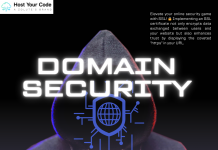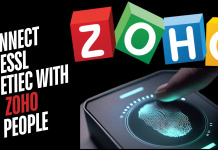In the age of increasing cyber threats and expanding network perimeters, Network Access Control (NAC) has emerged as a pivotal component of organizational security. As remote work and BYOD policies become commonplace, understanding and implementing a robust NAC system is more crucial than ever. Let’s delve into what NAC is, its importance, and the best solutions available in the market.
What is Network Access Control (NAC)?
Network Access Control is a method employed to enhance the security, visibility, and access management of a proprietary network. It operates by restricting network resource availability to endpoint devices and users that comply with a defined security policy. NAC systems provide endpoint security measures such as antivirus software, firewall capabilities, and vulnerability assessments, alongside enforcing security policies and authentication methods.
Why is NAC Critical for Modern Businesses?
NAC plays a vital role in safeguarding an organization’s network by:
- Monitoring Devices and Users: It keeps an eye on both authorized and unauthorized devices and users attempting to access the network.
- Controlling Access: By setting strict access controls, NAC ensures that only compliant users and devices can engage with the network resources.
- Limiting Damage from Cyber Attacks: NAC systems often incorporate pre-admission and post-admission controls to limit the extent of potential cyber threats.
In essence, NAC helps maintain the integrity and confidentiality of sensitive information while providing a secure environment for legitimate users.
Best NAC Solutions in the Market
Selecting the right NAC solution depends on your organizational needs, existing infrastructure, and security goals. Here are some of the best NAC solutions available, offering a range of capabilities from basic to advanced security measures.
- Twingate: A modern solution focusing on simplicity and ease of use without compromising security.
- ThreatLocker: Known for its robust application control and operational efficiency.
- Cisco Identity Services Engine: A comprehensive solution offering visibility and control with a wide array of integrations.
- Forescout Platform: Offers extensive visibility across traditional and IoT devices.
- Fortinet FortiNAC: Provides powerful network insights and automated responses to network events.
- HPE Aruba ClearPass Policy Manager: Known for its versatility in multi-vendor environments.
- Ivanti NAC: Focuses on endpoint compliance and threat response.
- OPSWAT MetaAccess NAC: Ensures compliance and security for remote and local devices.
Conclusion
Network Access Control is no longer a luxury but a necessity for organizations striving to protect their network assets from the ever-evolving landscape of cyber threats. By understanding the fundamentals of NAC and investing in the right solution, businesses can significantly mitigate risks associated with unauthorized access and ensure a secure, compliant, and efficient network environment. As technology continues to advance, staying informed and proactive with NAC will be a key differentiator in the realm of network security.




































